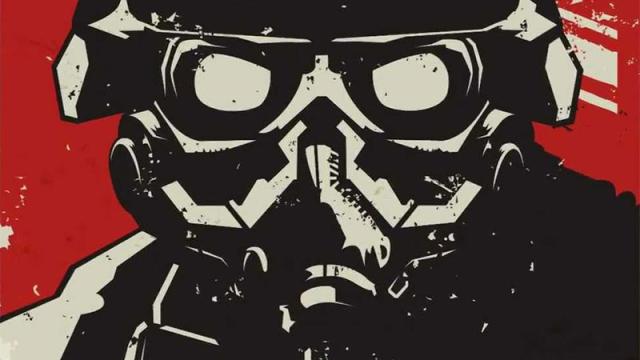While we get little snippets here and there, for most outsiders, our knowledge of how a video game is actually made is fairly limited. Especially when it comes to how long it takes to make one.
I was flicking through the Killzone art book over the weekend, and came across a timeline of the series’ development history. Many people will be familiar with Killzone’s chequered past when it comes to official reveals (its PS3 debut especially), but what I found interesting was how long the game had been in production behind the scenes.
The first Killzone was released in November 2004, on the PS2. You’d figure back then that the game would have been in development for a couple of years, but that’s if you assume that a studio, design, vision and money had all spring out of the ground instantaneously.
They didn’t. Here’s an abridged version of what you’ll find in the book, showing that development on what would become Killzone began all the way back in 1999.
1999, March – Representatives of three Dutch studios (who are planning to merge) visit Sony and pitch three demos. One of them is a first-person shooter/RPG hybrid called Core.
1999, Early Spring – Sony meets with the studios to “discuss a first-person shooter around a space war theme”.
1999, December – One of the Dutch studios (Lost Boy Games) gets a “pre-production contract” to make a sci-fi FPS demo called Marines.
2000 – Marines is presented to Sony, and has its name changed to Kin.
2000 – Lost Boy begins work on another shooter, Shellshock: Nam 67, to pay the bills, since they’re reluctant to rely solely on Sony’s FPS deal.
2002 – Kin has another name change, this time to Killzone.
2003 – The three Dutch studios finally merge, and are now called Guerilla Games.
2004, May – Killzone is shown publicly for the first time at E3. There are now around 60 people working on the game.
2004, September – Shellshock: Nam 67 is released.
2004, November – Killzone is released on PS2.
2004, December – Guerilla signs an exclusivity deal with Sony, pledging to make a Killzone game for the PSP and another Killzone game for console.
From there, the rest is history.
Now, of course, not every game is like this. Some don’t require as many people, some don’t require a big publishing deal, some just aren’t as big or time-consuming.
But Killzone isn’t a special snowflake, either. When developers and publishers get all proud and misty-eyed about their “new IP” at a press conference, there’s a reason for that beyond appealing to the “ungh it’s another sequel” messageboard crowd. New games can take a lot of time and work to get up and running!

Comments
4 responses to “Big Games Can Take A Long Time To Get Made”
“Big Games Can Take A Long Time To Get Made”
Preaching to the Half Life 3 choir there 😛
Yes, that’s why I am always surprised when people go off their nut about Star Citizen taking too long. Star Citizen is a BIG project… its no tower defence app that can be designed and released in a few months, if that.
Yes, that’s why I am always surprised when people excuse Star Citizen taking too long. Star Citizen is a BIG scam… it’s no Squadron 42 that can be designed and released in a few years, if that.
😛
Also people who scream that just because a game has a demo/prototype available should be ready don’t know that those early build are proofs of concept made hacked together pieces of code with placeholders everywhere and that it takes time to build it properly after you have the concepts ironed out.
Also the flagrant misuse of the terms pre-alpha, alpha and beta only serves to further warp mainstream perceptions of game development.